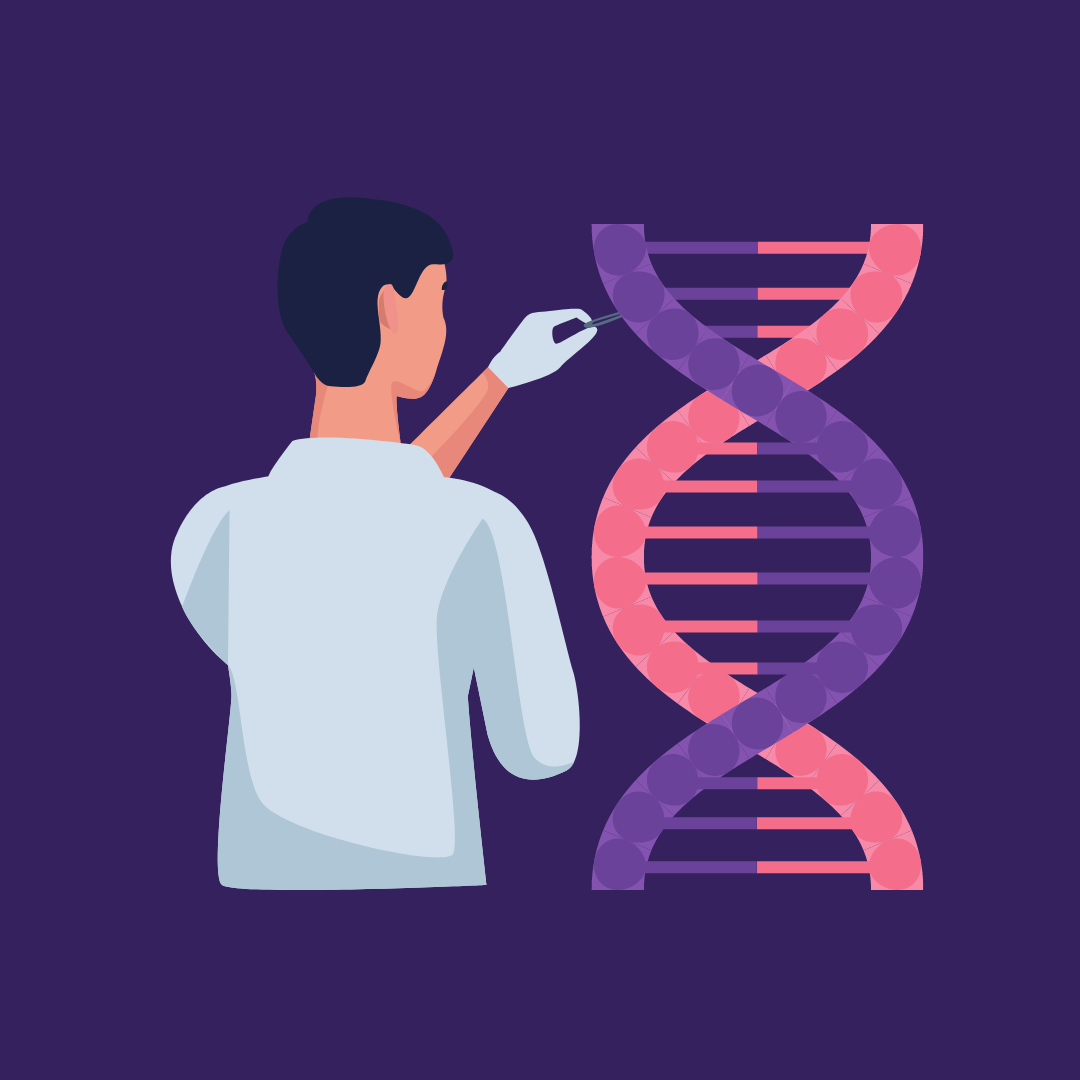Super-precise CRISPR tool enters US clinical trials for the first time
By Heidi Ledford,
Nature
| 09. 18. 2023
A high-precision successor to CRISPR genome editing has reached a milestone: the technique, called base editing, has made its US debut in a clinical trial. The trial tests more complex genome edits than those performed in humans so far.
Trial organizers announced on 5 September that the first participant had been treated using immune cells with four base-edited genes, equipping the cells to better target and destroy tumours. The hope is that the approach can tame trial participants’ difficult-to-treat form of leukaemia and serve as a gateway to more complex edits in the future.
“There are things still to be built into these cells to make them easier to use and persist longer,” says Waseem Qasim, a paediatric immunologist at the University College London Great Ormond Street Institute of Child Health. “And with so many groups working on it, things will get incrementally better.”
It’s been a strikingly quick evolution from the first reports of base editing in 2016 to clinical trials, but the CRISPR field has never been one to dawdle. And while researchers develop ever more...
Related Articles
By Jenny Lange, BioNews | 12.01.2025
A UK toddler with a rare genetic condition was the first person to receive a new gene therapy that appears to halt disease progression.
Oliver, now three years old, has Hunter syndrome, an inherited genetic disorder that leads to physical...
By Rachel Hall, The Guardian | 11.20.2025
Couples are needlessly going through IVF because male infertility is under-researched, with the NHS too often failing to diagnose treatable causes, leading experts have said.
Poor understanding among GPs and a lack of specialists and NHS testing means male infertility...
By Pam Belluck and Carl Zimmer, The New York Times | 11.19.2025
Gene-editing therapies offer great hope for treating rare diseases, but they face big hurdles: the tremendous time and resources involved in devising a treatment that might only apply to a small number of patients.
A study published on Wednesday...
By Aisha Down, The Guardian | 11.10.2025
It has been an excellent year for neurotech, if you ignore the people funding it. In August, a tiny brain implant successfully decoded the inner speech of paralysis patients. In October, an eye implant restored sight to patients who had...




